The 2022 Chicago Payments Symposium focused on trends and ways the payments ecosystem can build customer-centric and adaptive networks to serve customers. This year’s event kicked off with opening remarks by Charles Evans, president and CEO of the hosting Federal Reserve Bank of Chicago, before diving right into the event’s dual customer and payments themes.
“Today’s customers demand frictionless, personalized, on-demand experiences from their products and services, which can be facilitated by technology,” explained Blake Morgan, Symposium speaker and author of The Customer of the Future: 10 Guiding Principles for Winning Tomorrow’s Business. However, Insider Intelligence reports only 24% of companies see improving the customer experience as technology’s biggest impact – far fewer than the 39% who pointed to cost reduction first and foremost. Morgan added that companies should embed a “human” customer focus into every aspect of business to win digital or in-person payments loyalty. Success requires the ability to transition from a primarily transactional approach to building lasting customer relationships that provide continual value. Morgan discussed a handful of recommendations that busy leaders can use today to make a difference in their respective organizations.
Among the Symposium’s highlights:
- Esther George keynote address: In her final appearance at the Chicago Payments Symposium before her planned retirement in January 2023, Esther George, president and CEO of the Federal Reserve Bank of Kansas City and executive sponsor of the FedNowSM Service, reflected on the role the Federal Reserve has played in improving the nation’s payment system since its inception in 1913. George highlighted the success of the partnership between the Fed and the industry in developing the FedNow Service, as well as other countries’ experiences in developing instant payment systems. While recent advances in payments have focused on the issues of cost and speed, addressing payment security and risk will remain priorities for the Federal Reserve.
- Loretta Mester keynote on payments modernization (Off-site): “Modernization efforts underway aim to foster a system that is not only efficient, secure and effective, but also one that is innovative, adaptable, resilient and accessible to everyone – a payment system that consumers and businesses can rely on with confidence to efficiently make purchases, pay bills and get paid,” said Mester, president and CEO of the Federal Reserve Bank of Cleveland. Mester reviewed payments modernization trends, such as increased availability and adoption of digital payments, the FedNow Service to be launched in mid-2023, and a groundswell of activity by both traditional providers and fintech firms to offer products that are more convenient for customers and address longstanding payment system frictions.
Click the arrows on the side of each graphic to navigate through the photo gallery.
- Instant payments in the U.S.: Due to the advent of the FedNow Service in mid-2023, moderator and FedNow business executive Nick Stanescu began the session with a brief update on the service’s path to launch and recent progress (Off-site). Stanescu, executives from Wells Fargo, North American Banking Co. and Jack Henry Payment Solutions, and a consumer payments expert then engaged in a lively discussion about instant payments use cases and industry readiness. The panelists mentioned opportunities to enhance the U.S. instant payments customer experience for person-to-person and account-to-account payments, earned wages (payroll) and full or partial bill payment use cases. While financial institutions of all sizes are FedNow pilot program participants and plan to be early adopters, the panelists advised banks that are just beginning to explore instant payments to consider focusing on receive-only, reduce risk by going slowly (e.g., limiting the initial roll-out to a handful of trusted customers) and get expert help from partners who are experienced in navigating the various adoption considerations. Panelists also discussed the instant payments implementation experience and adoption tips.
- Security, fraud and identity: This panel’s wide-ranging conversation covered data security challenges and protections, as well as trends in digital ACH and credit payments fraud, identity theft, synthetic identity fraud, business email compromise, ransomware and cybersecurity threats. Moderator Deborah Baxley of PayGility Advisors highlighted key findings of the Faster Payments Fraud Survey and Report (Off-site) released earlier this year by the U.S. Faster Payments Council. She and panelists from Fiserv, FS-ISAC and SentiLink emphasized the importance of constant vigilance, multi-factor authentication to verify identities, fraud information sharing in other countries and its benefits to help payments stakeholders detect fraud patterns and address fast-moving trends.
- Digital currency: The discussion among current and former leaders from the central banks of Australia and Canada, as well as platforms Paxos and Solana, began with an overview of what digital currencies can offer versus traditional currencies. Moderator Timothy Massad of the Harvard Kennedy School led the group in exploring and differentiating cryptocurrencies (e.g., blockchain), stablecoins (cryptocurrencies designed to have a relatively stable price, typically by being pegged to a commodity or currency) and central bank digital currencies, with a special mention of Project Hamilton (Off-site). The panelists agreed that while digital currencies will “never” replace other types of payments, their adoption can be fostered by better identity services, data privacy safeguards, education and support from regulators around the globe who are formulating policy to ensure digital currency systems work for all. Panelists agreed that the industry is in the early stages of digital currency exploration, testing and use case exploration.
- Global payments: Panelists from the Central Bank of Brazil, the Bank of International Settlements (BIS) Committee on Payments and Market Infrastructure (CMPI) and BIS Innovation Hub Singapore, led by moderator Jeremy Wing of JPMorgan Chase, shared their thoughts on instant payments – including Brazil’s Pix (Off-site), which launched in 2020 (Off-site) with goals that included more convenient digital payments, encouraging competition and financial inclusion – and has since grown to nearly 120 million individual and corporate users. Carlos Eduardo Brandt from the Central Bank of Brazil listed seven specific lessons learned that payments leaders in other markets could consider in helping to realize customer-centered platforms, the theme of this year’s Symposium. Panelists also discussed ways to connect the 60+ national faster payment systems into a cross-border platform (e.g., the BIS Innovation Hub’s Project Nexus). Examples of existing interlinking systems include TIPS, the eurozone-wide instant payment system, and a bilateral link between Singapore and Thailand – although the ideal long-term model would be more widespread central connectivity point(s). The session included an overview of the BIS G20 cross-border payments program, which has set quantitative targets to address current limitations in cross-border accessibility, speed and transparency – as well as high costs. Near-term actions in the G20 program include assessing potential benefits, barriers and risks while setting “main objectives” for action.
Visit the 2022 Chicago Payments Symposium agenda (Off-site) to learn more about the event.

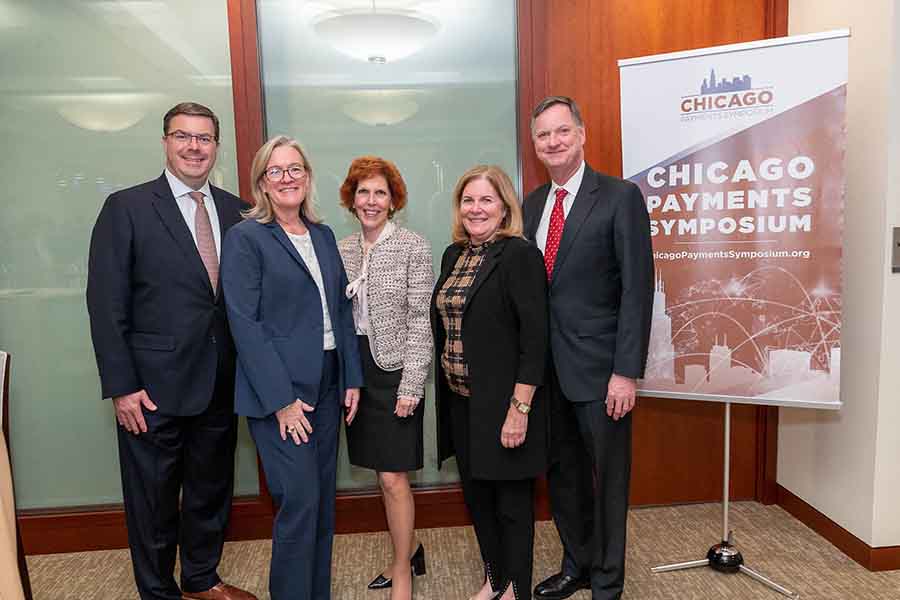
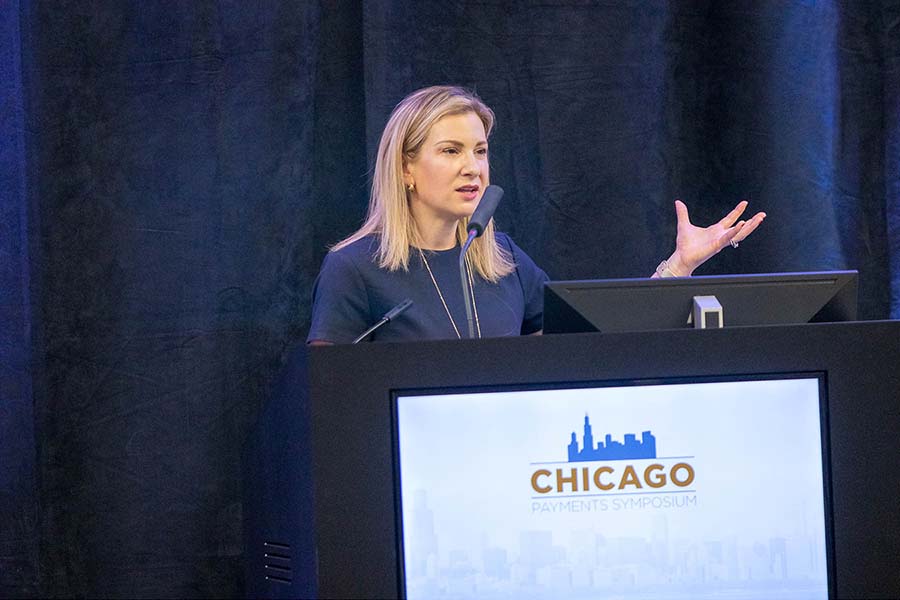
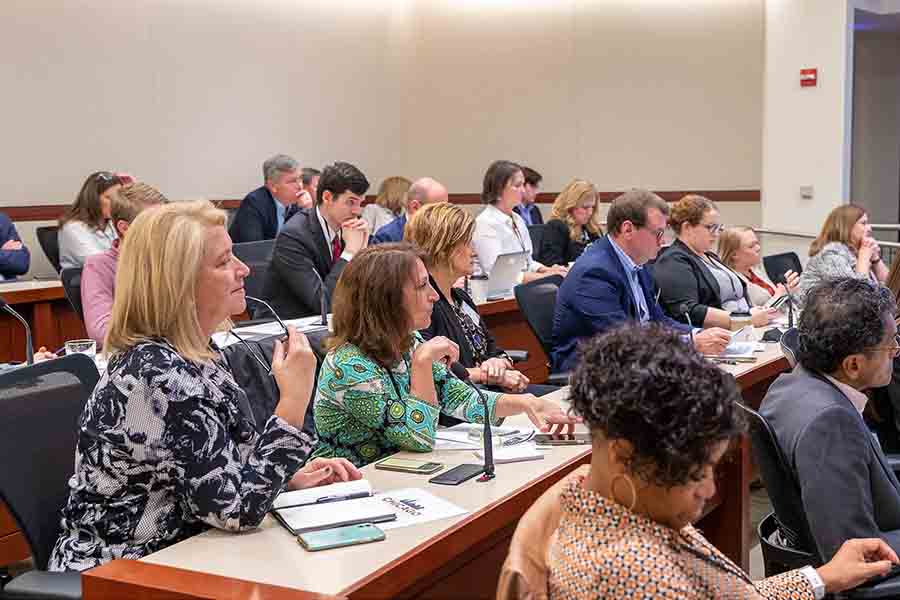
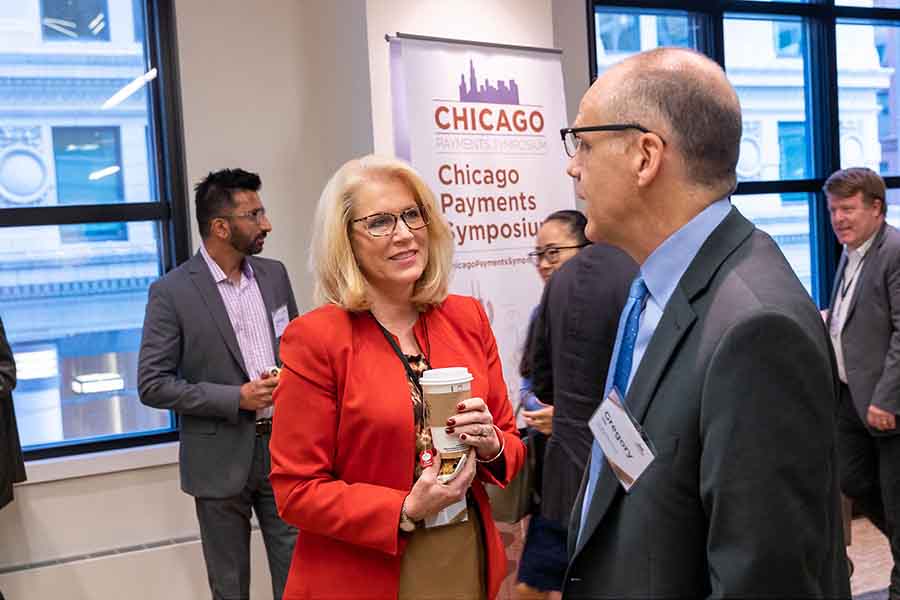
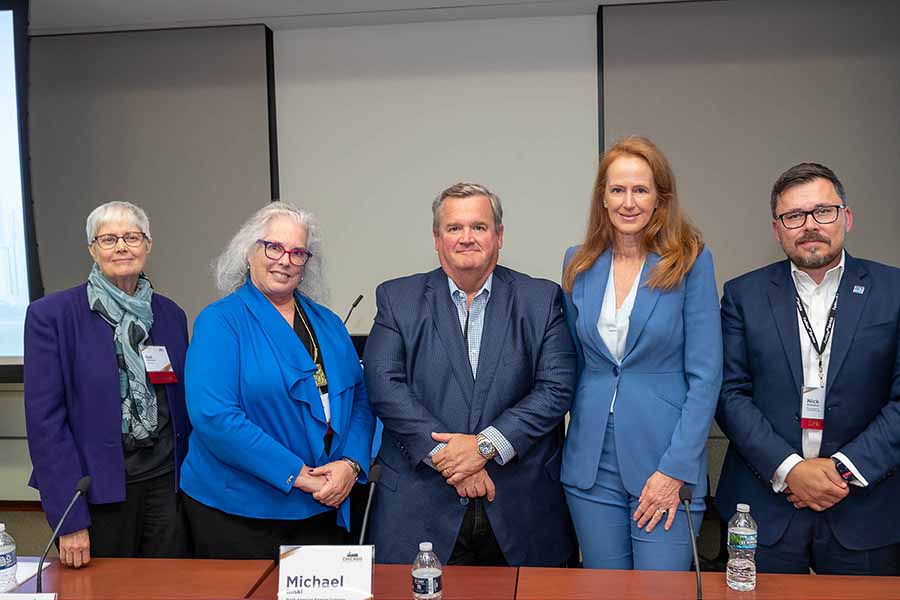
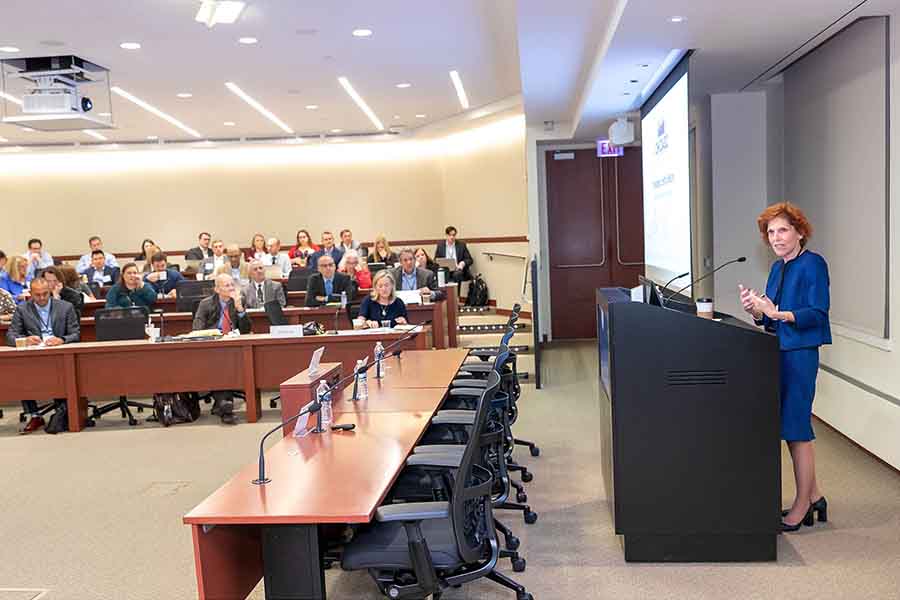
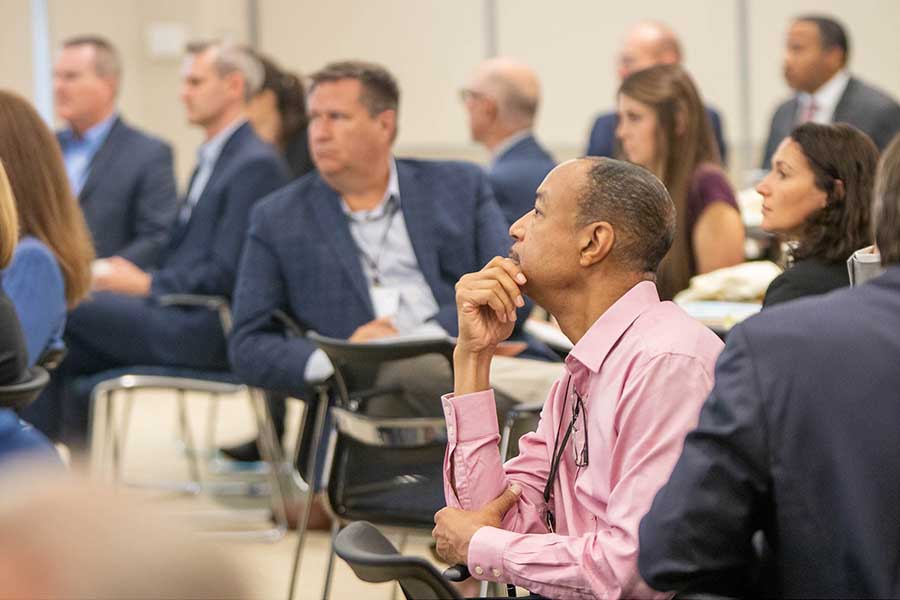
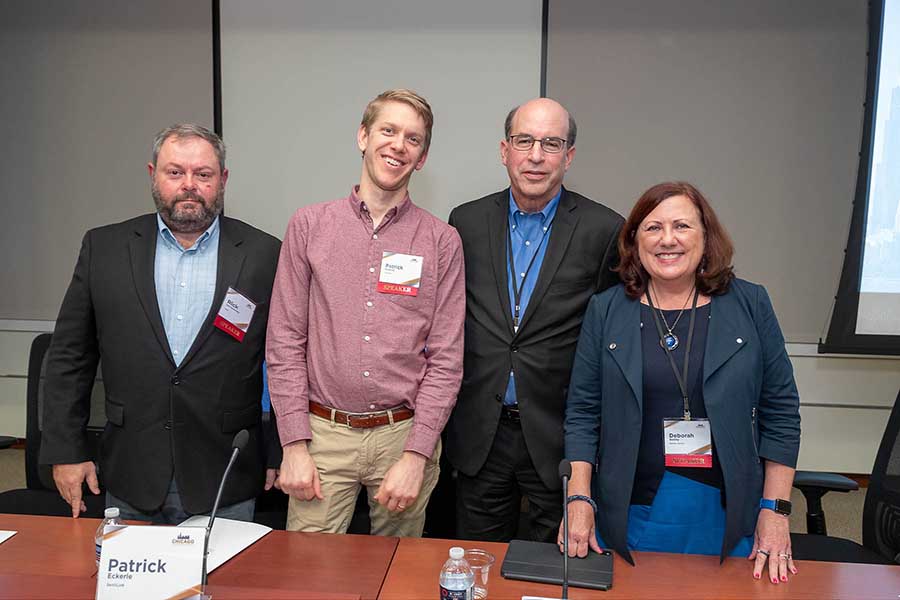
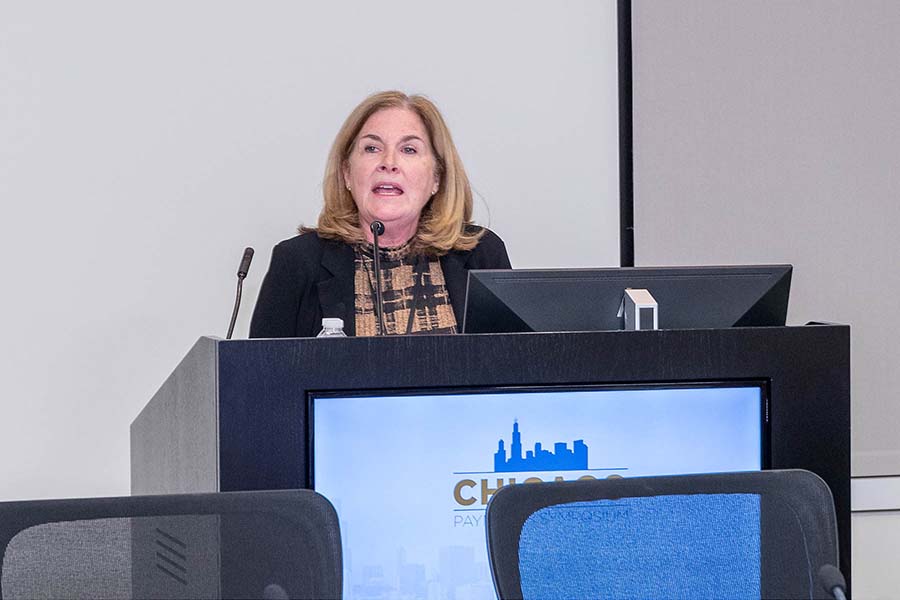
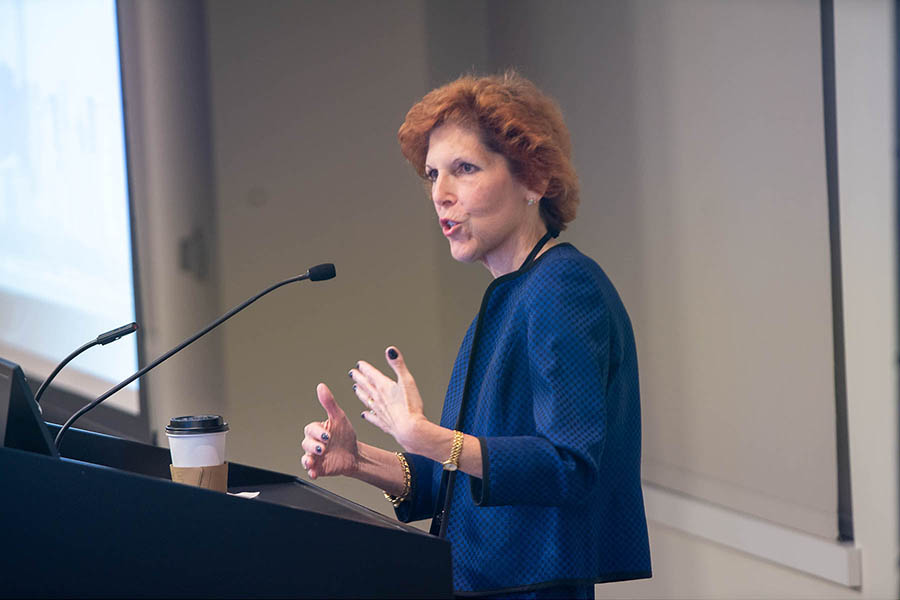
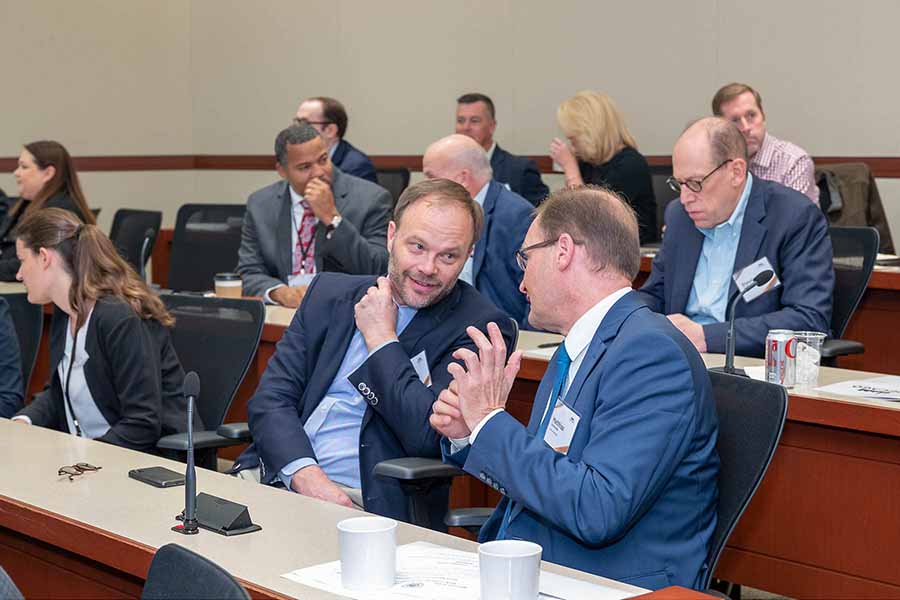
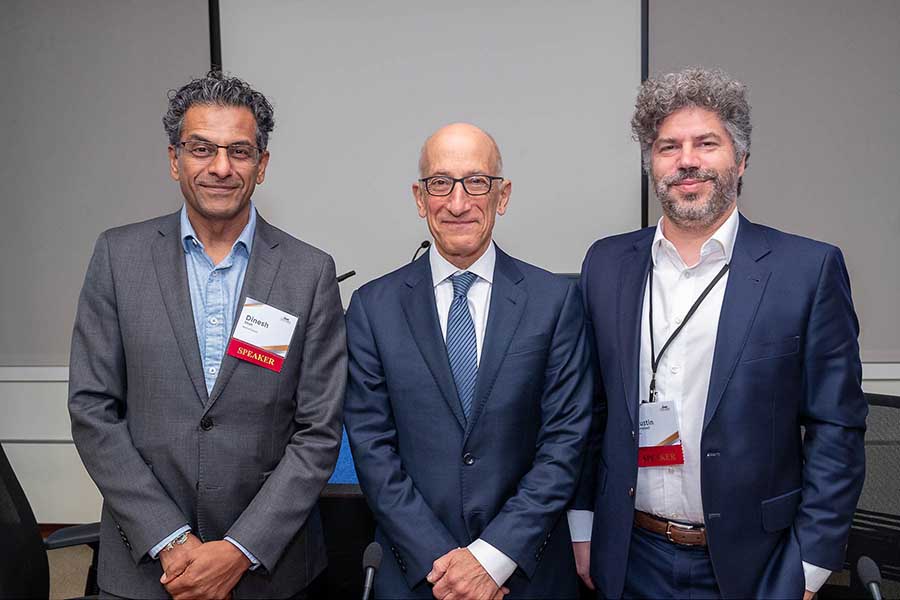
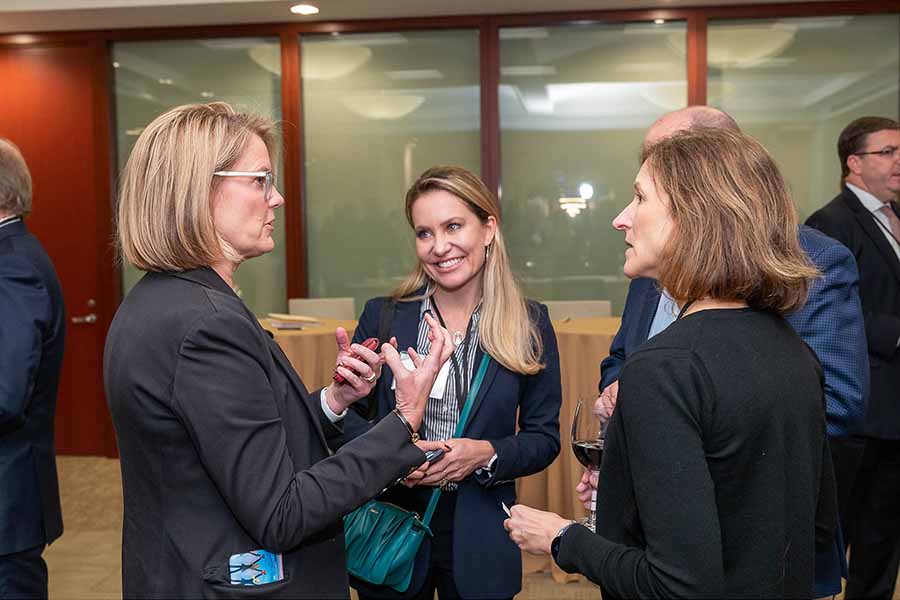
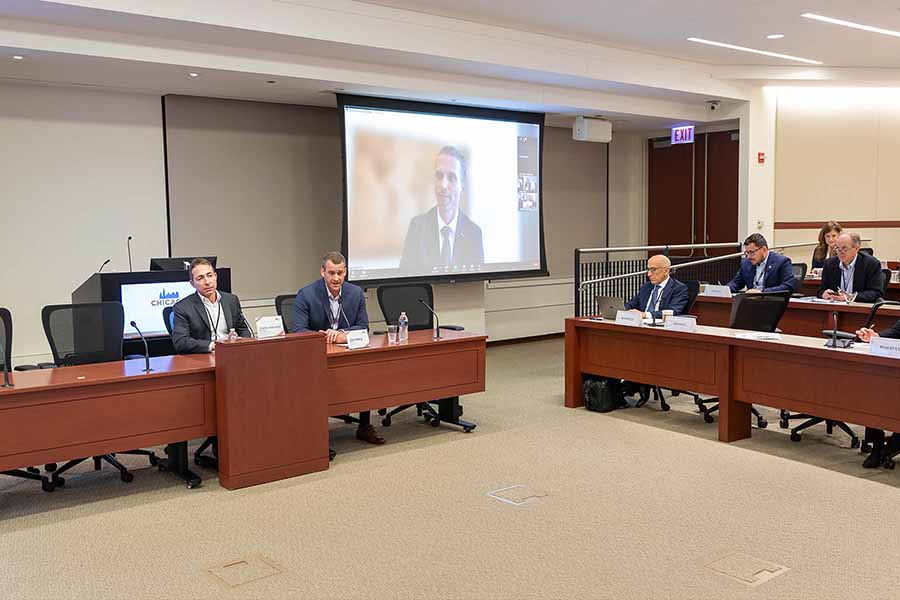

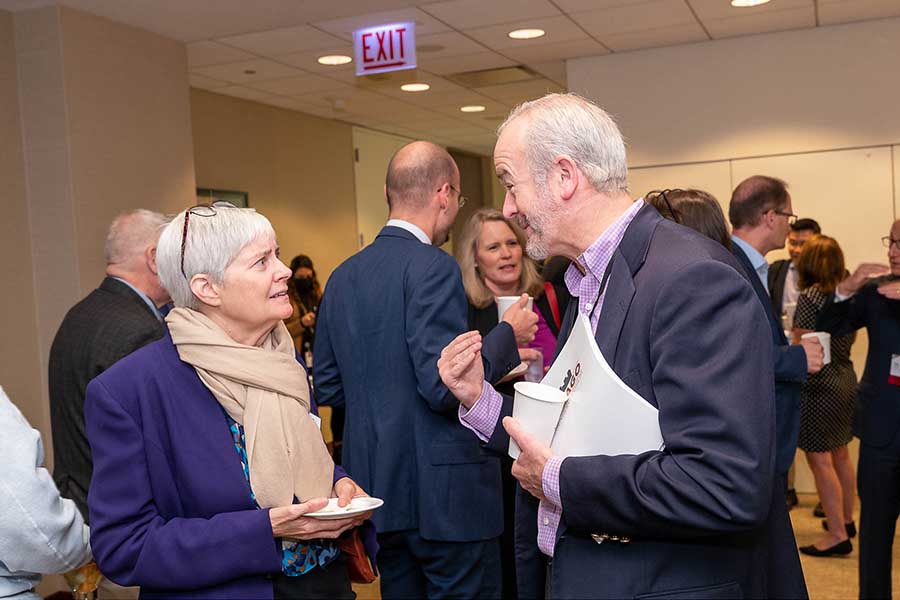
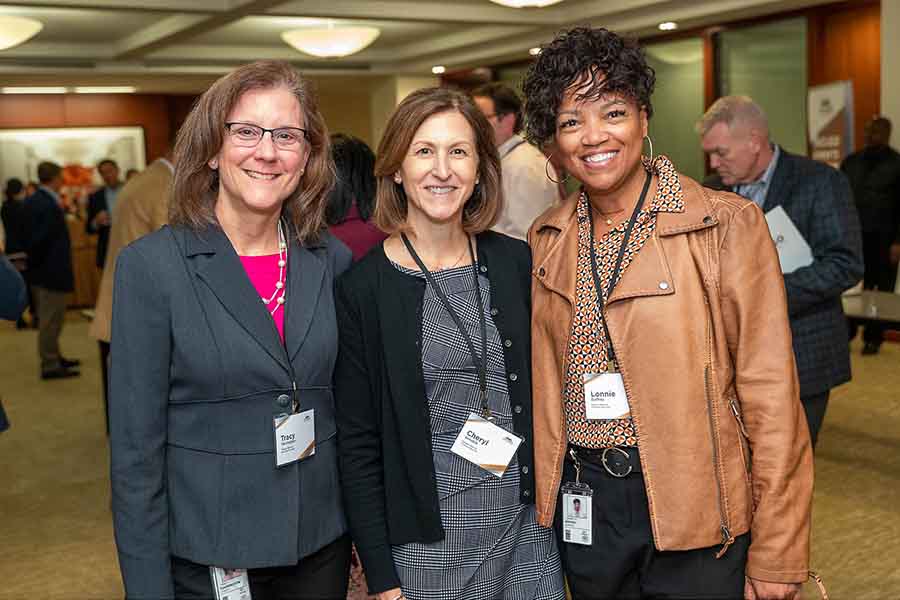
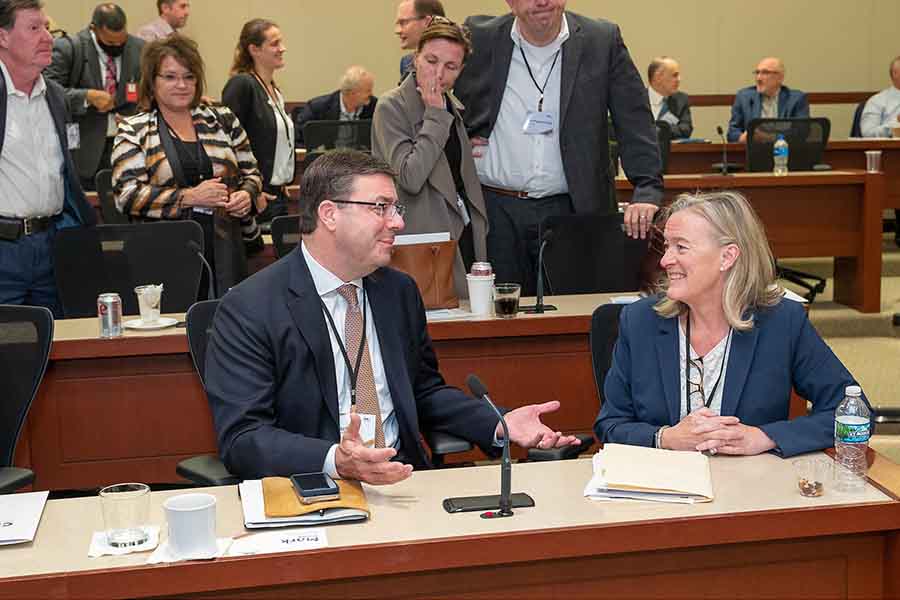
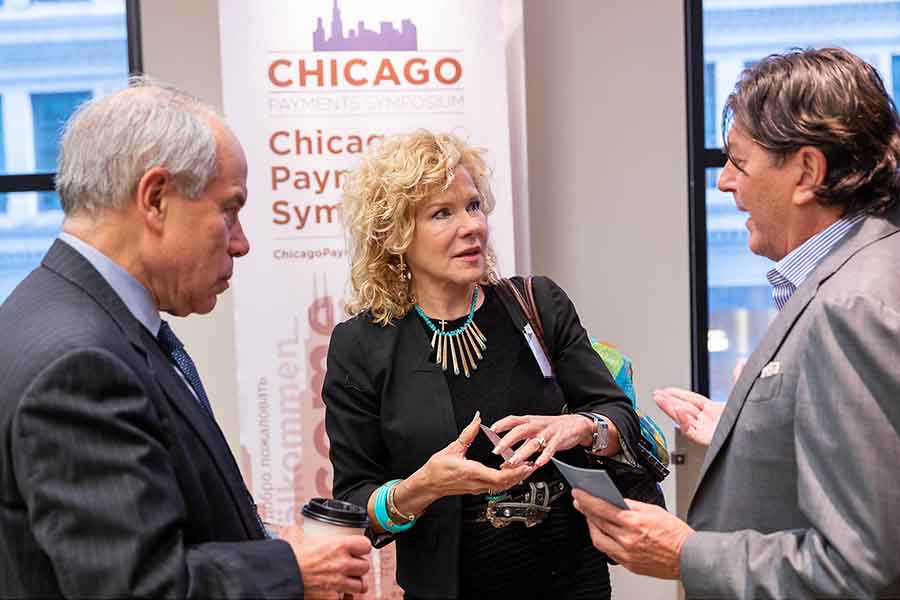
No comments